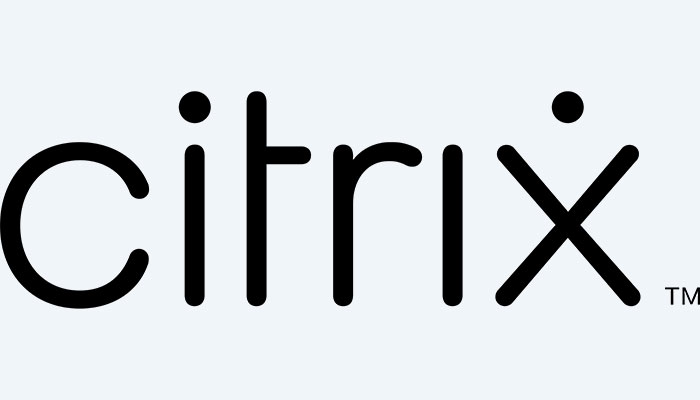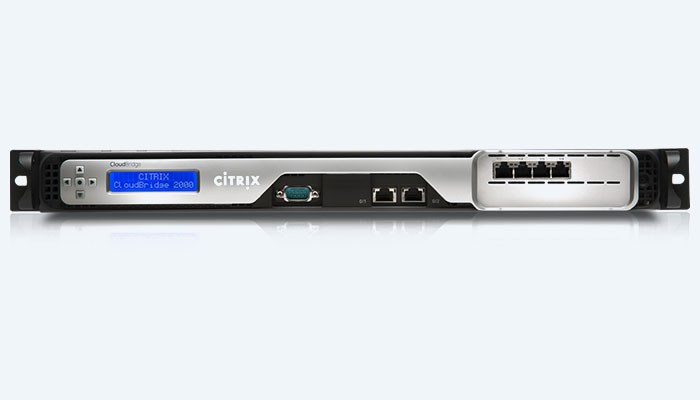Citrix SD-WAN devices
Your distributed workforce can complete their best work from any location thanks to Citrix SD-WAN’s dependable, high performance user experience. By automating connectivity and streamlining applications, the licensed Citrix SD-WAN makes hybrid multicloud initiatives simpler. Wherever you need them, you can quickly deploy powerful security capabilities. And select from the widest selection of security options thanks to a unified security service and integration with best-of-breed firewalls from third parties.
It is simple to manage your WAN, set up security policies, monitor applications, and prioritize them using a single cloud-based user interface. With a variety of physical and virtual form factors, the licensed Citrix SD-WAN offers the most flexibility. SD WAN can be installed in public clouds, data centers, branches, and home offices.
Along with zero-trust network access and cloud-delivered security, the licensed Citrix SD-WAN is a key component of the Citrix unified approach to SASE (secure access service edge), which enables secure, reliable access to all applications from any location and on any device.
The Citrix SD-WAN orchestrator.
Self-sufficient businesses and Citrix partners can use the multi-tenant management service Citrix SD-WAN Orchestrator, which is hosted in the cloud.
The Citrix SD-WAN Orchestrator Network dashboard offers a bird’s-eye view of the health and usage patterns of an organization’s SD-WAN network across all of its sites. The dashboard summarizes network-wide alerts, tracks overlay and underlay path uptime, highlights usage patterns, and offers a global perspective of the network.
Application-centric policies: Configurable globally or per site Quality of Service (QoS), Firewall, and traffic-based traffic steering.
virtual and physical form factors.
The various Citrix SD-WAN editions, standard hardware elements, and information about virtual appliances are supported by the Citrix SD-WAN hardware appliances. There are many features, virtual paths, and throughput options available on the various Citrix SD-WAN hardware platforms. All Citrix SD-WAN hardware platforms are supported by the Citrix SD-WAN software.
The popular cloud marketplaces (Azure, AWS, GCP) and BYOL both offer virtual instances of Citrix SD-WAN VPX (virtual form factor) as well as BYOL.
Citrix SD-WAN platform models and their roles
- 110-SE: Use for small branch appliances
- 210-SE: Use for small branch appliances
- 410-SE: Use for small branch appliances
- 1000-SE: Use for small branch appliances
- 1100-SE: Use for large branch appliances
- 2000-SE: Use for large branch appliances
- 2100-SE: Use for large branch appliances
- 4100-SE: Use for data centers and MCN appliances
- 5100-SE: Use for data centers and MCN appliances
- 6100-SE: Use for data centers and MCN appliances
Why using Citrix SD-WAN devices?
Facilitate the switch to multicloud
The licensed Citrix SD-WAN expands the network into IaaS/PaaS clouds where traditional WAN architectures were not designed for the cloud and assumed applications lived in the data center protected by a security perimeter. The security stack of the data center must be used to route traffic to the cloud, which increases network hops and latency and necessitates more expensive bandwidth to handle. Citrix SD-WAN speeds up site rollouts while cutting costs on transportation by offering consistent WAN administration across major clouds.
Improve the working environment
A hybrid workforce can connect to business applications with the aid of Citrix SD-WAN. Additional bandwidth can be used by remote workers, and IT is given visibility into the entire network. Power users, executives, and call center agents are examples of critical workers who possess redundancy and resiliency. As a single link can still experience congestion and outages even with Service Level Agreements (SLAs), adding network redundancy significantly lowers the risk of outages. Enhancing real-time traffic performance can prevent robotic voice, audio dropouts, poor video, and dropped calls for voice and video that are sensitive to congested networks. Downtime is decreased by end-to-end network policy management, control, and visibility. By using Citrix SD-WAN, you can guarantee that your hybrid workforce is constantly safe, connected, and active.
Trip to SASE should be expedited
Direct internet access is required by the move to SaaS and the cloud because backhauling is ineffective and degrades user experience. While preventing threats from entering through the network, network and security integration at the edge safeguards the user experience. Direct internet access is protected from threats from an expanded attack surface at the branch and for remote users using Citrix SD-WAN and Citrix Secure Internet Access. Citrix SD-WAN Orchestrator integrates Citrix SD-WAN management with security as a cloud-delivered service that enables users to genuinely work from anywhere. A global cloud architecture serves as the foundation for the unified strategy.
Key features of using Citrix SD-WAN devices
Virtual WAN
Increase the amount of bandwidth being used, even if it’s just for one TCP session spread across two or more WAN links. Multiple links are used concurrently for a single session to ensure high application performance for bandwidth-intensive applications like backups and large file transfers. All of the bandwidth on the best link will be bonded with the second-best quality link if the amount of bandwidth needed for one session is greater than the amount of bandwidth that is currently available on the best link. This enables high bandwidth applications to use as much bandwidth as is necessary for optimal performance.
QoS with two ends
Dual-ended QoS measures jitter, packet loss, and latency at both the sending end and the receiving end. Senders only send at the peers’ advertised receive rate, which is configured globally by administrators from a single source. Devices in the network’s peer group exchange unidirectional local measurements. To avoid oversubscription and inefficient usage, each site receives its fair share of bandwidth.
traffic-forwarding using packets
On a per-packet basis, data is delivered. To mitigate changing WAN conditions and best direct traffic, packet-based forwarding reorders packets.
TCP optimization includes caching, deduplication, and compression
Minimizes bandwidth costs while enhancing application experience. WAN traffic is decreased by deduplication and caching. Data throughput and bandwidth consumption are increased by compression. TCP optimization lowers overhead.
Beacon service API integration
To streamline the flow of traffic to Microsoft front doors, API integration and Office 365 connectivity principles are used. Office 365 optimization directs trusted SaaS traffic, like Office 365 Teams audio-video, to the cloud, either to the Citrix Cloud Direct service for improved reliability and performance or directly to the nearest Office 365 front door, whereas untrusted traffic can be directed to a data center security stack or cloud-based SW (Secure Web Gateway) for enforcement.
Firewall with four built-in layers that is stateful
Integrated branch firewall that offers visibility and control over traffic either going directly to the internet or being routed back to the head-end.
To regulate traffic between the firewall zones, the network is divided into separate segments. It uses deep packet inspection to determine the kind of application and applies the configured firewall policy to its traffic. The branch appliance’s integration of a firewall reduces the amount of unneeded traffic that is backhauled and uses up valuable WAN resources before being blocked at the head-end.
Support for antivirus on the appliance and the branch (integrated/native).
It searches through various types of archives, including tar, gzip, bzip2, zip, and more.
Various technologies are used to scan downloads, including local scans with Bitdefender’s signature database and querying thread intelligence databases using file metadata.


